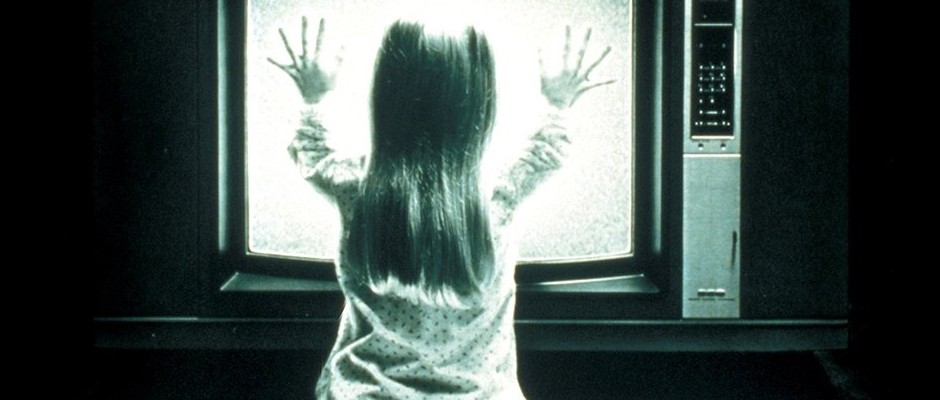Culture
The Bloody Truth: “Poltergeist”

Every week in The Bloody Truth, Calhoun Kersten digs deeper into horror cinema.
The 1980s saw the birth of the underground gore-fest, but the decade was more than just blood and guts. This particularly applies to 1982, which has been dubbed by many as the Summer of Spielberg. Spielberg’s seminal classic E.T. made waves at the box office, but only a week prior, Poltergeist invaded cineplexes everywhere. While E.T. has gone on to become a beloved classic, partially thanks to Steven Spielberg’s place in pop culture history, Poltergeist has a much more complicated relationship with the box-office magic maker. While the film is credited to director Tobe Hooper, of The Texas Chainsaw Massacre fame, cast and crew alike have heavily debated who is the true author of Poltergeist. Without pointing fingers or assigning blame, Spielberg’s role as screenwriter certainly adds to the tell-tale trademarks of Spielberg authorship that are alive and well in Poltergeist.
Any horror fan will tell you that a horror film needs to balance its two audiences: the creator and the viewer. This, unfortunately, can lead to an incredible lack of characterization and tedious “scares,” but Spielberg found the middle ground with Poltergeist. Sure, there are your typical thrills and chills (creepy clown, killer tree, sacred burial ground, etc.) but Poltergeist derives its scares from something else entirely.
For those of you unfamiliar with the movie, there is at least one iconic image that most folks are at least vaguely familiar with, that of the angelic-looking child placed in front of a static-filled television. That’s the core of Poltergeist, that single image. However, in only one shot, it manages to speak to the fears of audience and auteur alike.
For the audience, the terror of Poltergeist can be derived from the television set because, well, everyone has one. It had become such an integrated part of the American consciousness. Families would gather around the television set at night to collectively unwind and bask in the comforting glow of whatever mindless sitcoms were on at the time. Yet, here comes Poltergeist, which suggests that the evil-doers make their way into our world through the television set. It was unnerving to see a source of comfort weaponized by the horror genre. Also, not only did most viewers have a television, but the placement of the television is key. Sure, there’s one in the living room, but as evidenced by your “average” couple Steve and Diane Freeling (Craig T. Nelson and JoBeth Williams, respectively), there was a television in their bedroom. Not only is the “evil” in Poltergeist in your home, but it’s where you sleep. It’s inescapable.
However, Spielberg’s use of the television is entirely different. While he effectively tapped into the average American experience by utilizing the television, the television set can easily be seen as a source of fear for himself. Here we have the creator of the summer blockbuster with Jaws. He makes his living on getting people out of the house and into the movie theater. There’s a very distinct threat with the television. If people can enjoy entertainment in the comfort of their own homes, there might be less incentive to go out to see movies.
While there are a number of frights in Poltergeist, no moment stands out more than Carol Anne’s sing-songy announcement of “They’re here” as she sits in front of the television. With that image in mind, Spielberg set about creating a vision of terror unique to the American experience of the time. Furthermore, he confronted his own fears by acknowledging (and demonizing) the television’s placement in the American household.